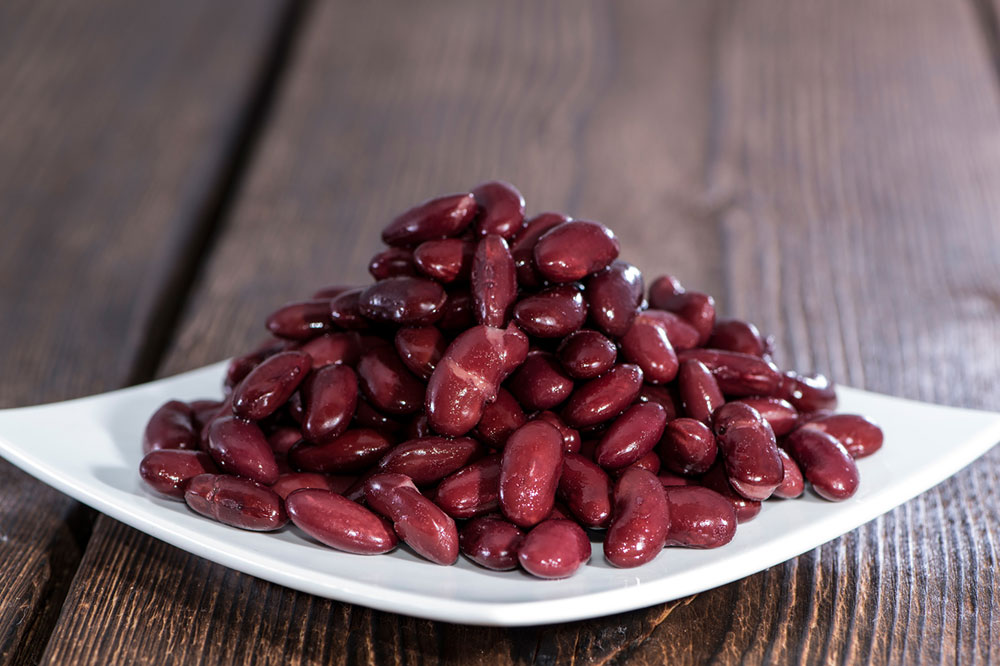A comprehensive guide on Alzheimer’s disease
Alzheimer’s disease, a neurological condition, causes brain cells to die. It is a debilitating illness that starts with memory loss and cognitive decline caused by brain cell damage. It is one of the most common forms of dementia with nearly 80 percent of dementia cases starting with Alzheimer’s disease. More than 5 million people are diagnosed with Alzheimer’s disease annually. The disease progresses in stages and symptoms become severe over time. Here are a few important things to know about Alzheimer’s disease. Various stages As mentioned above, Alzheimer’s disease is a neurodegenerative disorder. According to the Alzheimer’s Association, there are seven stages based on the severity of the symptoms. The disease begins with no impairment, progresses to mild and moderate decline, and finally, a state of severe decline. The diagnosis is usually done in the fourth stage of Alzheimer’s, known as “early-stage or mild Alzheimer’s.” Therefore, the disease can be said to have three main stages. The first one is preclinical, the stage before any of the symptoms appear. Mild cognitive impairment is the second stage, where symptoms begin to appear; however, they are quite mild. Dementia is the last and final stage of Alzheimer’s disease. Common symptoms One of the earliest symptoms of Alzheimer’s disease is cognitive loss, which causes memory loss.
Read More 









